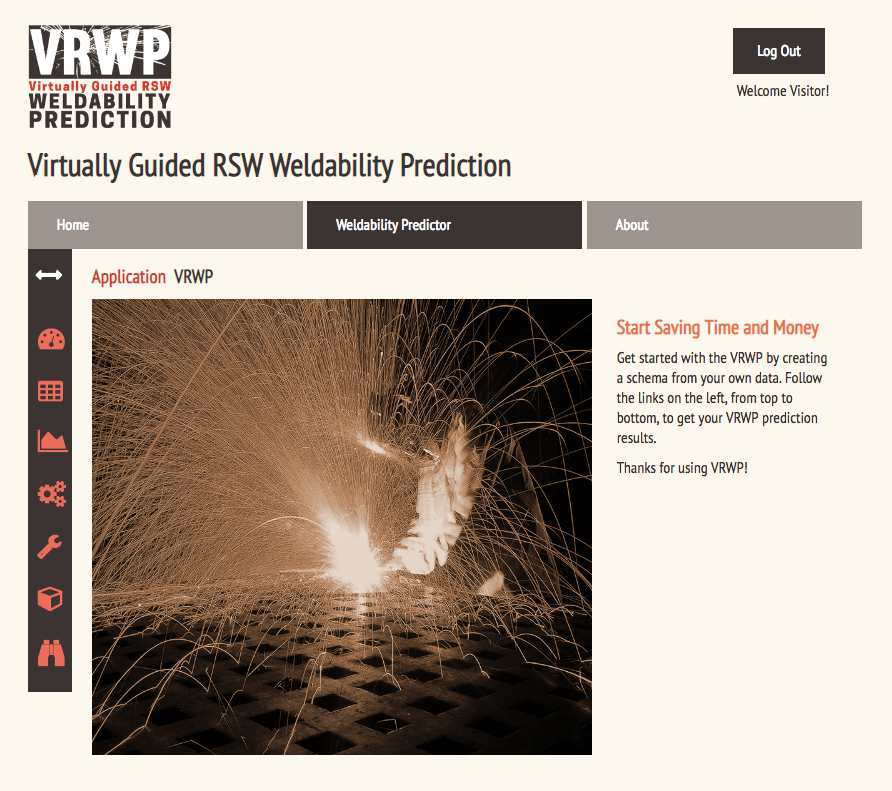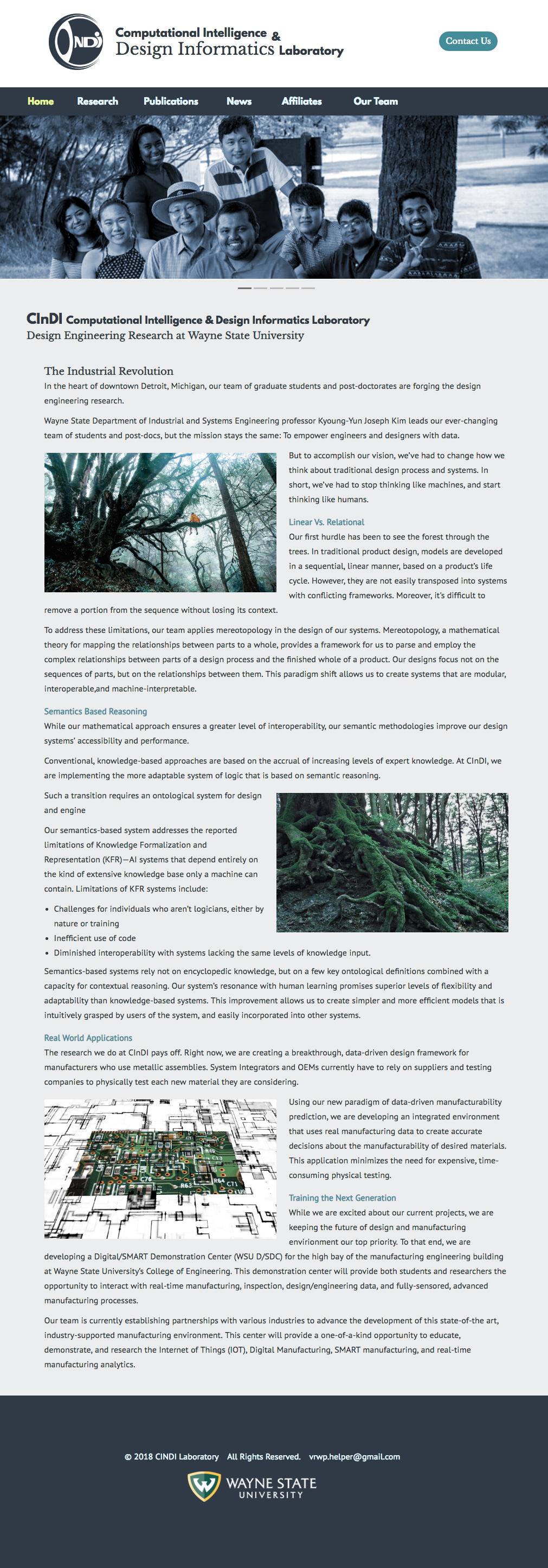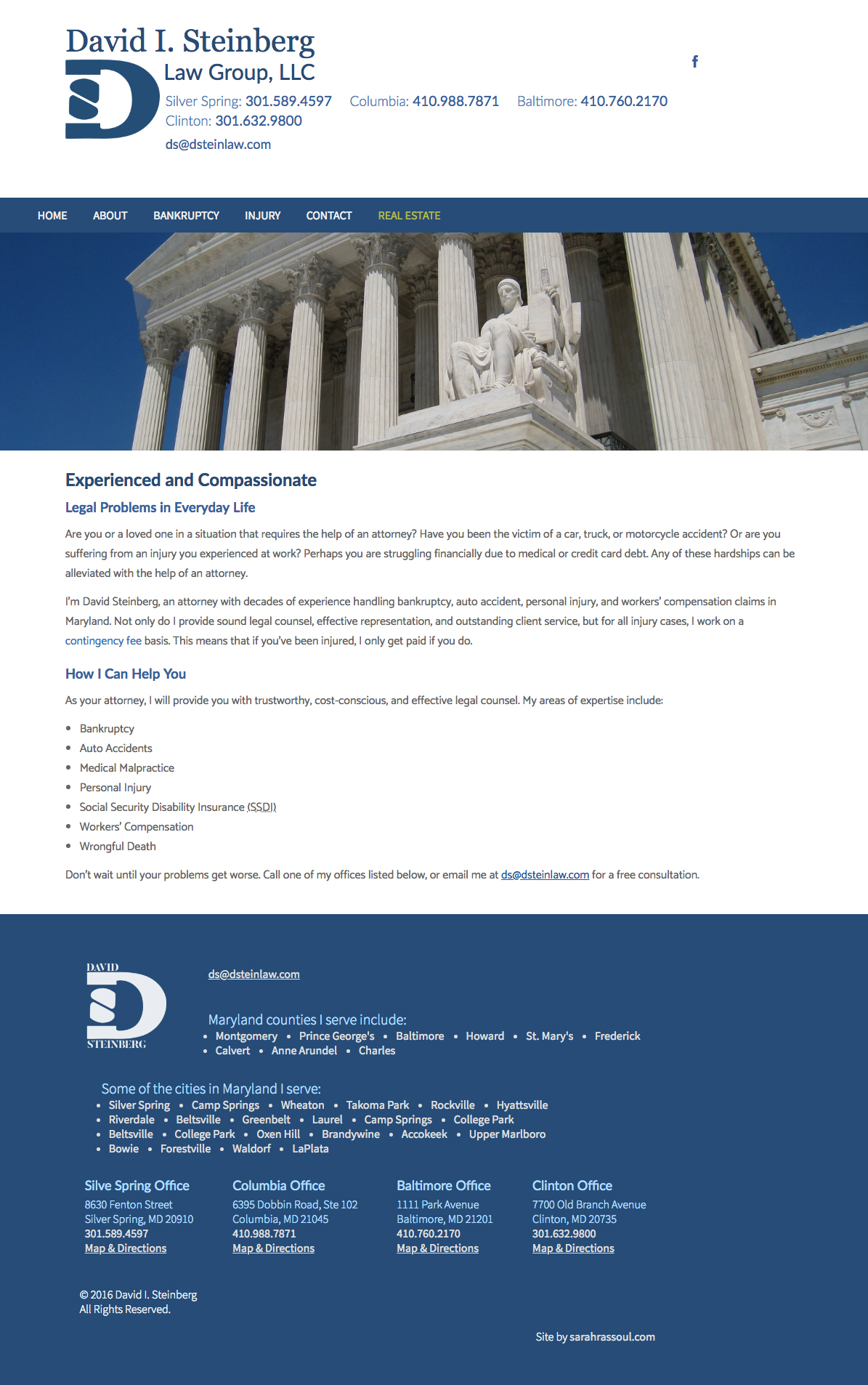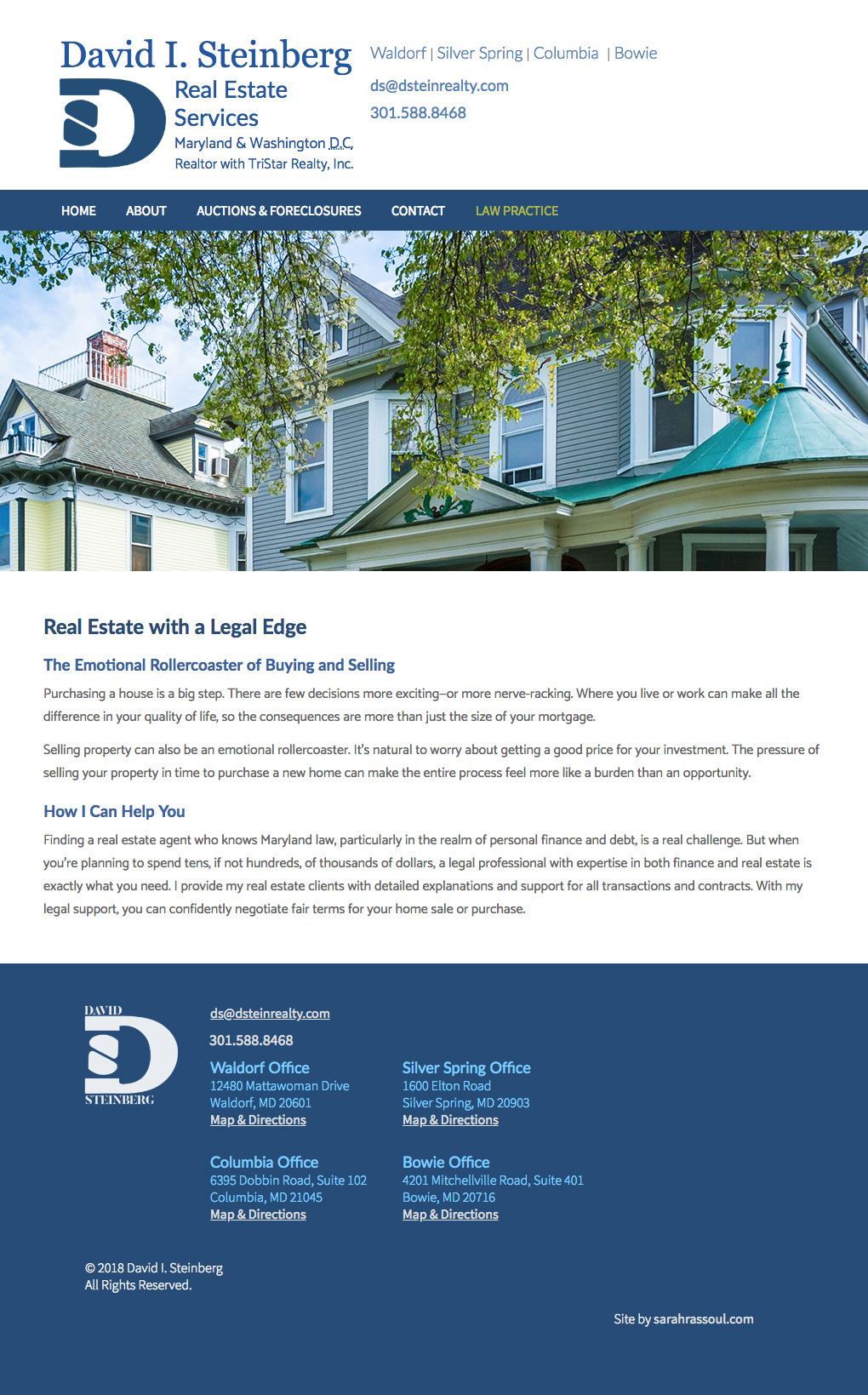You may not know or care how your car works, but when it dies on the highway, you'll probably wish you did. The MECHANICS of your website's code, as well as what's known as the User Experience (UX) and the User Interface (UI), is like that, too. Whether you understand it or not, it can stop your business cold.
That's because those heiroglyphics under the hood have everything to do with where your organization lands on search engine results, how many customers make purchases on your website, and how vulnerable you are to lawsuits for accessibility violations. The truth is, you can't afford to ignore that MYSTERIOUS engine-thing.
Luckily, Sarah Susan is a sharp-shooting front-end coder with the usability skills and knowledge to make sure YOUR WEBSITE is 100% road-worthy. Email me at sarah@sarahsusandesigns.com or call 734-707-7478 to get the custom-coded makeover your organization deserves!






